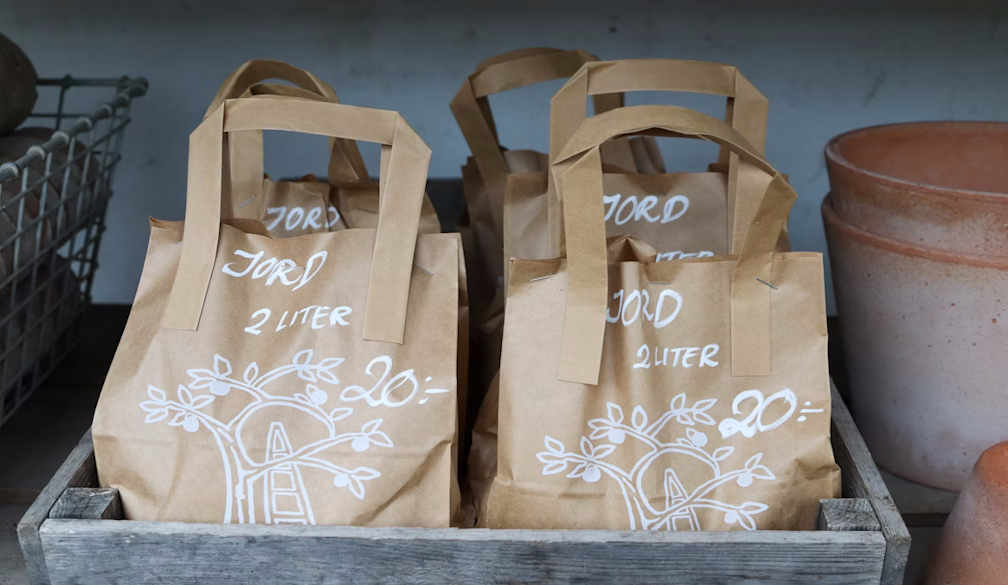Eco-Friendly Packaging Supplies: What You Need to Know

As environmental concerns grow worldwide, businesses are increasingly seeking ways to reduce their ecological footprint. One significant area of focus is packaging. Traditional packaging supplies, such as plastic and non-recyclable components, contribute heavily to landfill waste and pollution. This is why many companies, from startups to established brands, are turning to eco-friendly packaging supplies. Understanding what these materials are, why they matter, and how to incorporate them effectively is crucial for businesses committed to sustainability.
The Rise of Eco-Friendly Packaging
Eco-friendly packaging supplies are designed to minimize environmental impact by using materials and processes that are sustainable, recyclable, biodegradable, or compostable. Unlike conventional packaging, which often relies on single-use plastics and non-renewable resources, eco-friendly options emphasize resource conservation and waste reduction.
Consumers are now more informed and conscious about their purchasing choices. They prefer brands that demonstrate responsibility toward the planet, making sustainable packaging an important part of brand identity. Beyond customer appeal, eco-friendly packaging helps reduce pollution and conserves natural resources, contributing to a healthier ecosystem.
Common Types of Eco-Friendly Packaging Supplies
Several types of materials are commonly used in eco-friendly packaging. Recycled cardboard and paper are among the most popular options. These materials come from post-consumer waste and can be recycled again after use, creating a circular lifecycle that reduces the need for virgin resources.
Biodegradable plastics, often made from plant-based materials like cornstarch or sugarcane, offer an alternative to traditional plastic. These materials break down naturally over time when exposed to the right environmental conditions, reducing long-term waste.
Compostable packaging goes a step further by decomposing into non-toxic components that enrich soil. This type of packaging is especially useful for food-related businesses, as it can break down safely with organic waste.
Other innovative options include mushroom packaging, which is made from agricultural waste and fungi, and cellulose films derived from plant fibers that replace plastic wraps.
Benefits Beyond the Environment
While the environmental advantages of eco-friendly packaging are clear, there are additional benefits for businesses. Using sustainable packaging can improve brand loyalty and customer trust. Modern consumers often reward companies that align with their values, and eco-conscious packaging signals a commitment to ethical practices.
In many regions, governments are introducing regulations to reduce plastic waste and encourage recycling. By adopting eco-friendly packaging early, businesses can stay ahead of compliance requirements and avoid potential fines or restrictions.
Moreover, some eco-friendly materials are lightweight, which can reduce shipping costs by lowering package weight. This practical benefit adds a financial incentive alongside environmental considerations.
Challenges in Switching to Eco-Friendly Packaging
Transitioning to sustainable packaging supplies is not without its challenges. Eco-friendly materials can sometimes come at a higher upfront cost compared to traditional packaging. For small businesses or those with tight margins, this can be a significant concern.
Additionally, not all eco-friendly packaging materials are suitable for every product. For example, certain biodegradable plastics may not provide the same moisture barrier or durability as conventional plastics. This requires careful evaluation of packaging needs to ensure product protection is not compromised.
Sourcing reliable suppliers who provide consistent quality eco-friendly packaging can also be tricky. Businesses need to verify certifications and claims to avoid greenwashing, where a product is marketed as more environmentally friendly than it truly is.
How to Choose the Right Eco-Friendly Packaging Supplies
Selecting the appropriate eco-friendly packaging depends on several factors including the nature of your product, shipping requirements, and customer expectations. For products with delicate or perishable contents, materials that offer sufficient protection while remaining sustainable are essential.
Businesses should look for packaging that is certified compostable or recyclable by recognized organizations, which ensures the materials meet environmental standards. Transparency from suppliers about sourcing and manufacturing processes is equally important.
Customization options are available in many eco-friendly packaging supplies, allowing brands to maintain visual identity while embracing sustainability. Printed boxes or labels using soy-based inks and recycled paper can further enhance the green appeal of your packaging.
Steps to Implement Eco-Friendly Packaging in Your Business
Start by conducting an audit of your current packaging materials and waste production. Identify areas where plastic use or non-recyclable components can be replaced with sustainable alternatives.
Engage with packaging suppliers who specialize in eco-friendly materials. Request samples and test their suitability for your products, paying attention to durability, usability, and customer feedback.
Communicate your sustainability efforts to customers clearly. Sharing your commitment through your website, social media, and packaging itself builds awareness and strengthens your brand’s story.
Finally, monitor and evaluate the impact of your packaging changes, including cost implications, customer responses, and environmental benefits. Continuous improvement and adaptation are key as new materials and technologies emerge.
Looking Ahead: The Future of Sustainable Packaging
The demand for eco-friendly packaging supplies is expected to grow rapidly as environmental awareness intensifies and regulations become stricter. Innovations such as edible packaging, fully biodegradable composites, and reusable container systems are on the horizon, promising to revolutionize how products are protected and delivered.
Businesses that embrace eco-friendly packaging today will be better positioned for future market demands and regulatory landscapes. More importantly, they contribute to a collective effort to reduce pollution and conserve the planet for future generations.
Final Thoughts
Eco-friendly packaging supplies are more than a trend—they represent a necessary shift in how businesses approach product protection and sustainability. By understanding the types of sustainable materials available, the benefits they offer, and the challenges involved, companies can make strategic decisions that benefit both their brand and the environment.
Transitioning to eco-friendly packaging requires commitment and thoughtful planning, but the payoff is significant: reduced environmental impact, stronger customer relationships, and a competitive edge in a conscientious market. Choosing sustainable packaging is a step toward a greener, more responsible future for businesses and consumers alike.

